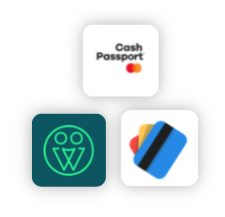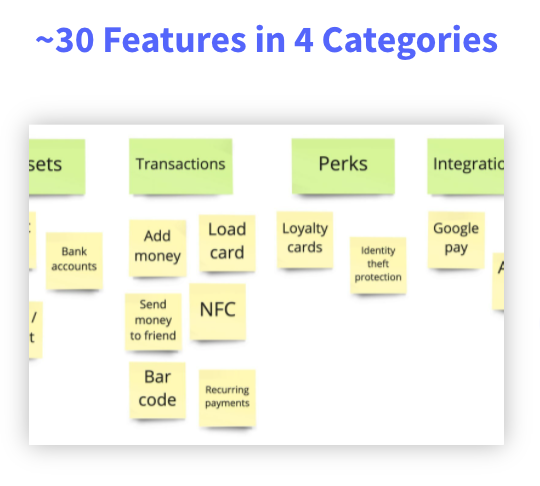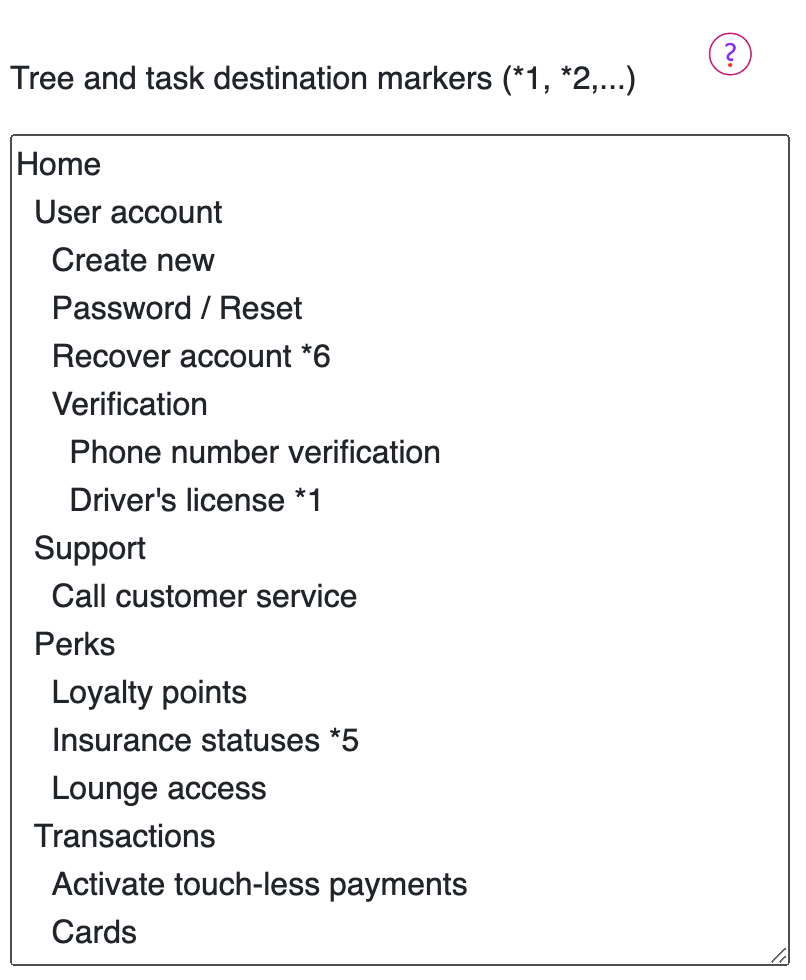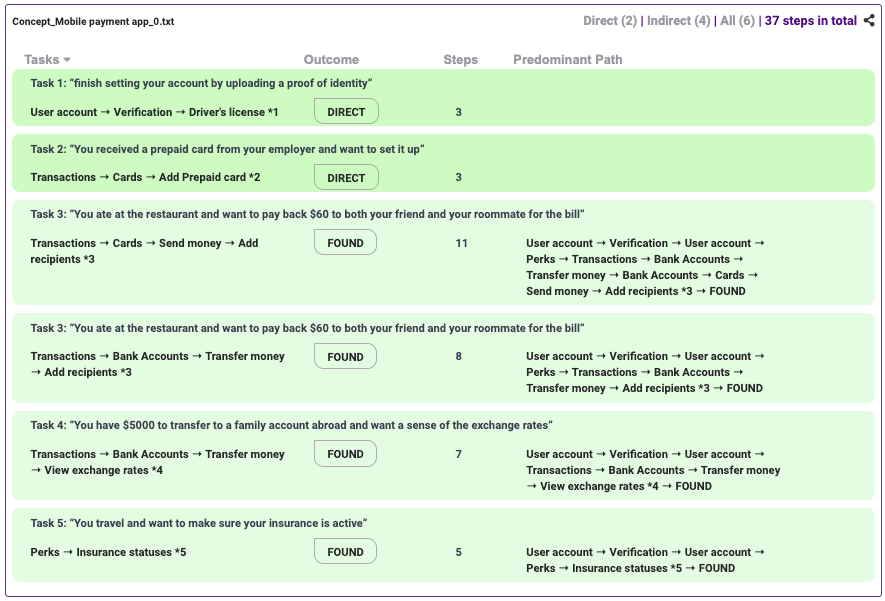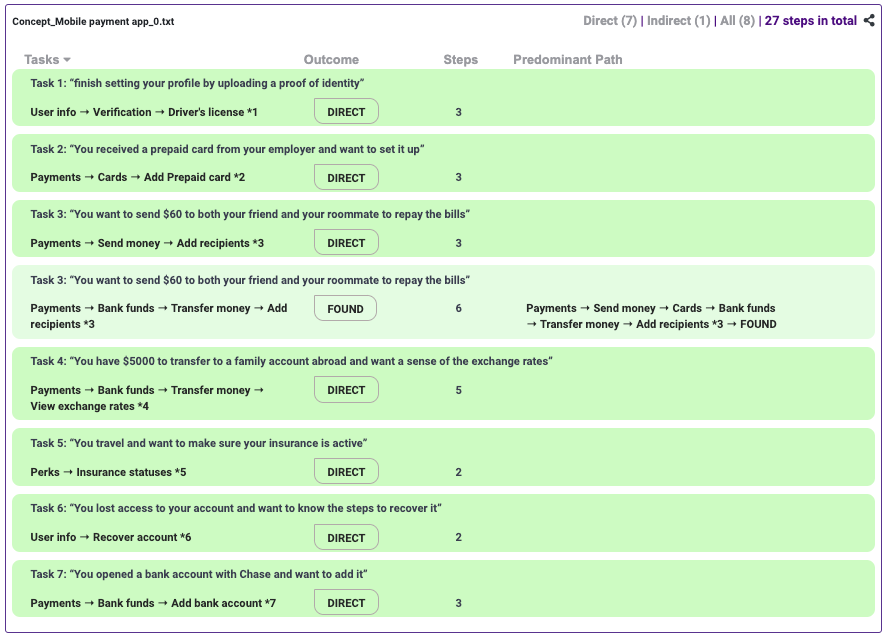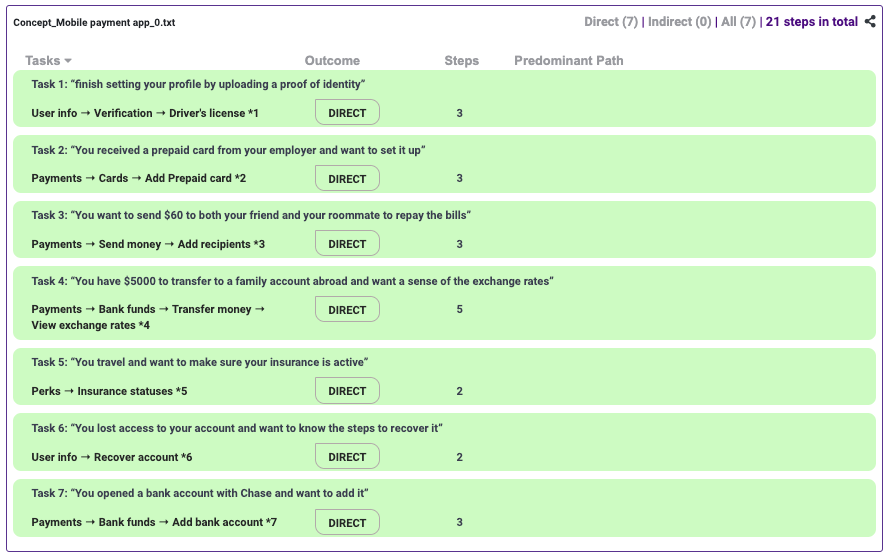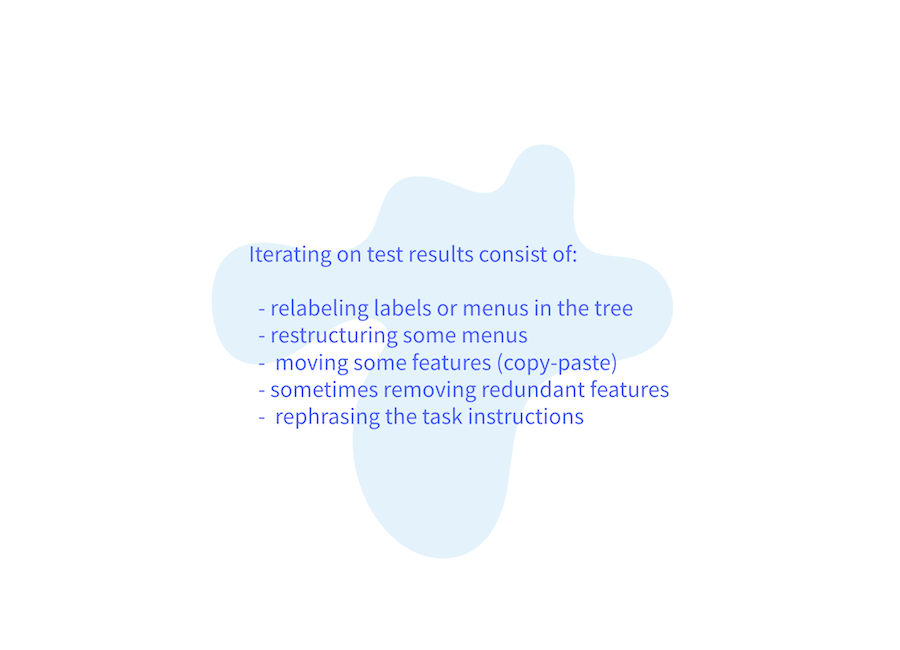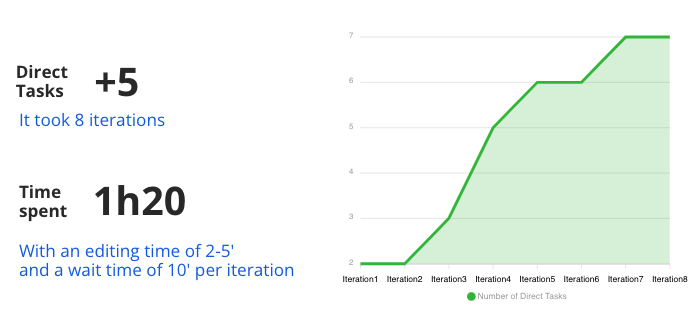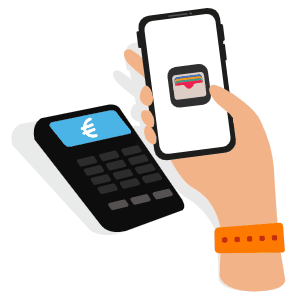

A majority of consumers see mobile apps as a convenient and secure way to make purchases, send money and other transactions such as recurring, in-store and person-to-person payments.
A number of apps explore these services in conjunction with perks like rewards programs, fraud protection, boarding passes and NFC (contactless) transactions.
In this tree testing example, discover how to:
- gather the must-have features for such apps,
- optimize an information architecture through unmoderated, iterative tree testing
- ensure first-time users find their way in a mobile payment app
